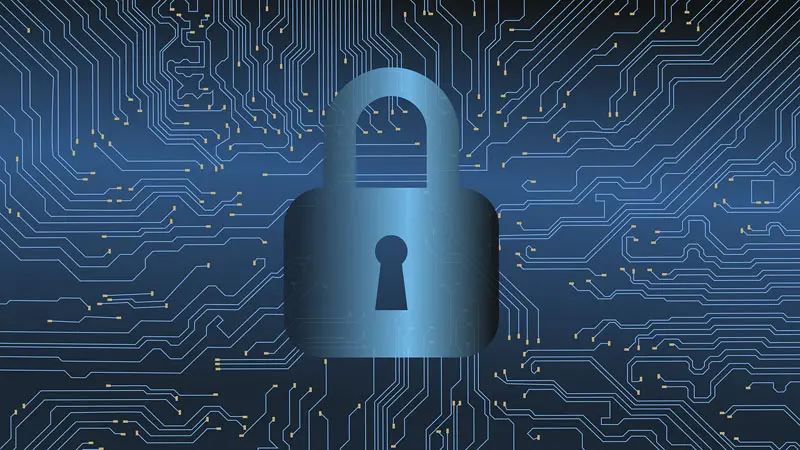The year 2019 saw great technological advances creating opportunities for businesses and individuals alike to prosper and thrive in a digital world. These very technological feats also saw increasing cyber threats of varying nature challenging us to stay ahead of the game.
But governments, industries, businesses, and citizens rallied in their quest to build safe and secure cyberspace despite the many setbacks encountered during the year.
As 2019 slowly comes to a close, let’s now take a look at how to prepare for 2020 with the most noted trends in the cybersecurity industry to look forward to.
1. Increased Spending
With cybercrimes continuing to threaten civil society, corporations, and national security, spending on cybersecurity will continue to increase in 2020.
Cybersecurity budgets were estimated to hit $124 billion in 2019 with spending on cloud security and information security software increasing by a staggering 148 percent and 25 percent respectively since 2017. This trend is expected to continue to 2020 as both companies and governments allocate more funds for software, infrastructure, and related services. With North America facing the highest number of data breaches, it is expected to allocate the biggest budgets to fight cybercrimes.
2. Artificial Intelligence Will Take Center Stage
Artificial Intelligence has been all the rage in many industries in 2019 and it will take the center stage in the cybersecurity industry in 2020.
The use of Artificial Intelligence and Machine Learning will continue to elevate cybersecurity to another level with the impressive benefits garnered in many areas including effective detection of vulnerabilities, simulation of attacks to strengthen defense systems as well as predictive capabilities on threats.
At the same time, AI will also be used by cybercriminals to develop more sophisticated tools and methods to exploit vulnerabilities in data systems and to launch more threatening attacks.
3. Phishing Will Continue To Haunt Us
Phishing attacks have continued to plague businesses and individuals in 2019 and is expected to grow in 2020 with more sophisticated tools.
Phishing targets individuals primarily through emails by impersonating a reputed organization or a known person and requesting personal or sensitive information. These attacks have now extended to include smishing – phishing carried out through an SMS sent to the phone – and even social media platforms. Background search sites like Nuwber are now commonly used for reverse email lookups and reverse phone lookups to avoid these dangers.
4. Skill Shortage Worries Continue
The cybersecurity talent pool has not been able to keep up with the rapid growth of cybercrimes that has taken place over the past decade. This has led to a massive shortage of required professionals to meet the growing demand. According to the 2018-19 Enterprise Strategy Group global survey of IT professionals, an alarming 53% of respondents reported a shortage of cybersecurity professionals.
This trend will only exacerbate in 2020, putting companies at significant risk. This will also increase hiring and employee costs for organizations as they compete for the limited number of skilled professionals in the market.
5. Automation To The Rescue
Automation has already entered the playground and it will continue to grow in prominence to improve the productivity of a range of tasks like vulnerability assessments and data analysis.
While it will be favored by many due to its ability to alleviate the burden placed by the shortage of skilled talent, it would still not be able to effectively operate on its own without the involvement of humans.
6. Defending The Cloud
The Capital One breach took the world by storm early this year when 100 million people in the US alone were affected by data theft due to reported firewall misconfigurations in the cloud infrastructure.
Despite these reported issues, the cloud will continue to grow in significance in 2020 with more data migrations carried out by companies, primarily encouraged by the integration of AI and machine learning. According to LogicMonitor’s Cloud Vision 2020: The Future of the Cloud Study, 83% of enterprise workloads are expected to be on the cloud by 2020.
7. Regulators Tackling Data Privacy
With cybercrimes and data security breaches increasing at an alarming rate, these have drawn much attention from regulators and law enforcers to set in place solid frameworks to govern security and safety within the digital environment.
The European Union has already put in place the General Data Protection Regulations (GDPR) to protect businesses and individuals in the EU. There will be increasing pressure on US regulators as well in 2020 to establish similar legislation on privacy and security. CEOs of 51 companies including IBM, Amazon, and Salesforce have already submitted a letter to Congress this year, urging for data protection legislation.
8. Escalating Mobile Attacks
The Cyber Attack Trends: 2019 Mid-Year Report notes that cyberattacks targeting mobile devices have increased by 50% during the first half of 2019. These attacks come in many forms like unlawful surveillance as well as data and identity theft, especially with mobile banking apps.
With the proliferation of smartphones and consumers increasingly turning to their mobile devices for online activities, this trend is expected to worsen in 2020.
9. Supply Chain Under Threat
Cyber-attacks and data breaches routed through the supply chain have drawn much media attention in the recent past. The cyberattacks on Airbus this year are a good case in point where IT systems were targeted through third party suppliers.
According to the Third-Party Data Risk Study by Opus & Ponemon Institute, 59% of data breaches experienced by companies have originated from vendors or third parties, and this trend is expected to escalate in 2020.
10. Growing Ransomware Attacks
Ransomware attacks are rising and it is not set to slow down any time soon.
85 percent of Managed Service Providers (MSPs) surveyed by the Datto Global Survey have reported ransomware attacks against small and medium-sized businesses (SMBs) over the last two years.
These attacks have also extended to national and local governments. According to a CNN report, the city of Riviera Beach in Florida approved a payout of $600,000 in Bitcoins this year due to a ransomware attack. The threats are imminent with the potential to cripple entire nations.













